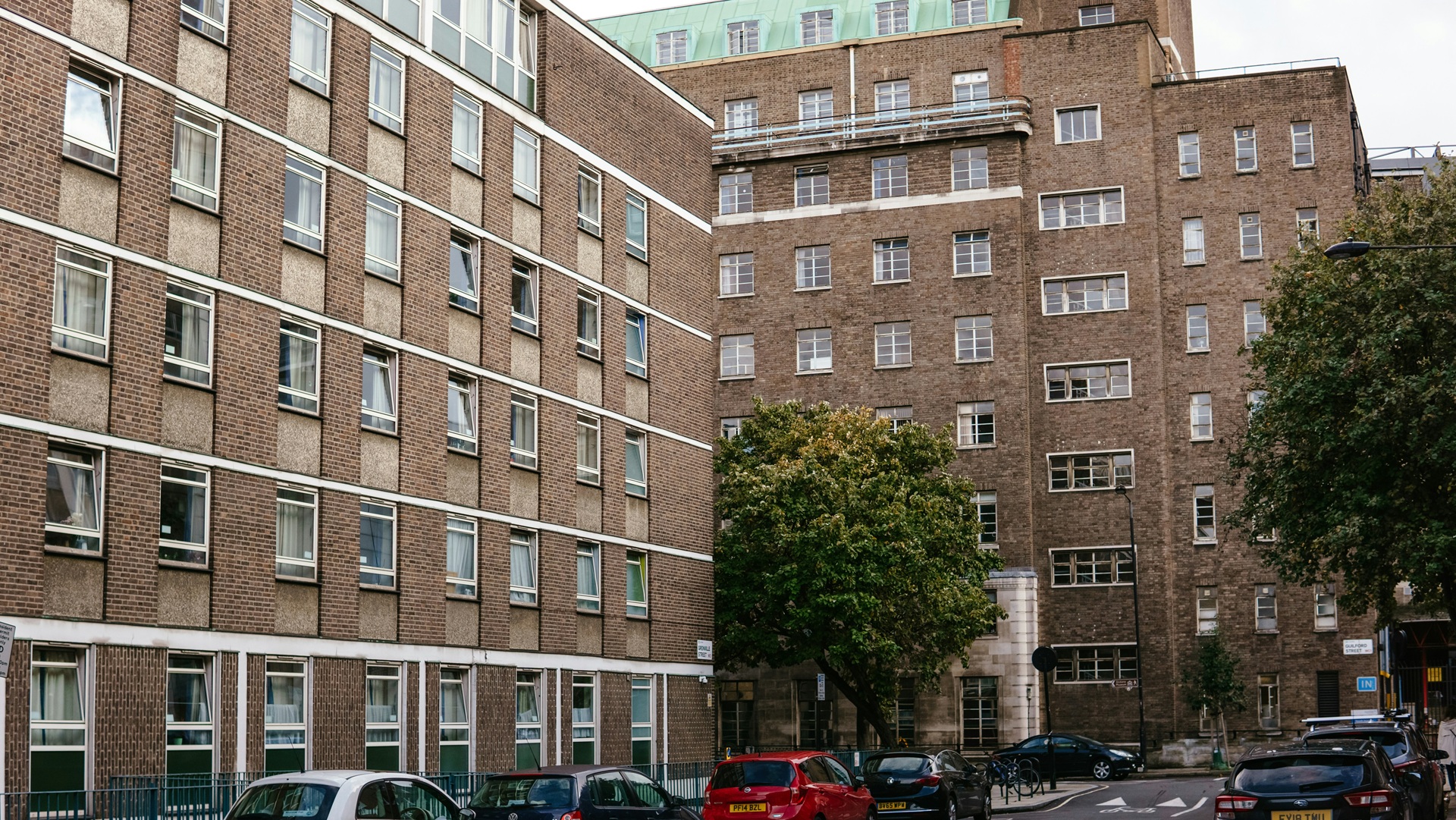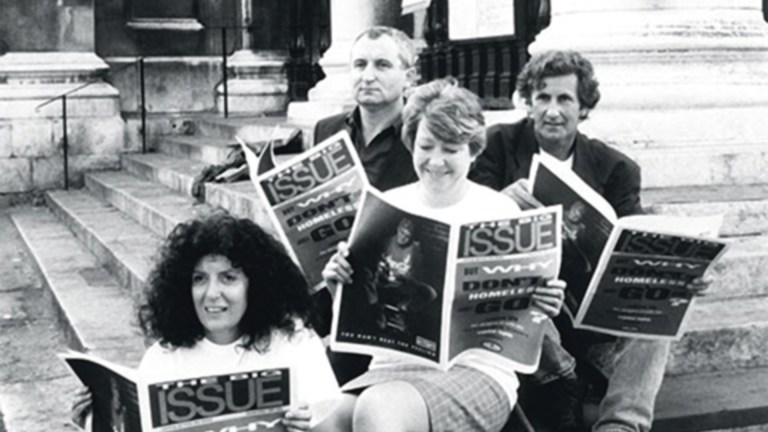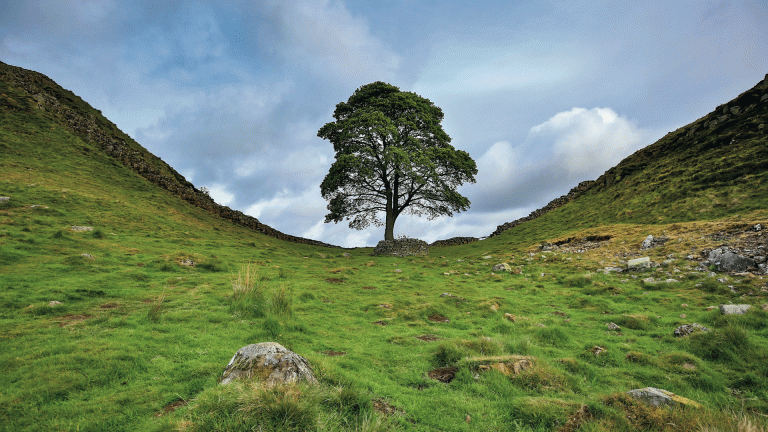There was a time when housing was something to be proud of and deeply connected to the well-being of society. The 19th-century industrialists like George Cadbury and Thomas Warner built homes for their workers and families, recognising that decent housing was more than just a roof over people’s heads – it was essential for building strong communities and ensuring a stable, productive workforce. These early efforts laid the groundwork for what we now call social housing, a vital part of creating a fair and functional society.
Today, things couldn’t be more different. Social housing is often treated as a last resort, unfairly associated with struggle or disadvantage. Instead of recognising its value, it’s painted as a problem, and those of us who live in it face unwarranted judgment, prejudice and stigma.
This week, the G15 Residents’ Group – a forum of involved residents from London’s leading housing associations that I’m proud to help lead a new report, titled Taking the Stigma out of Social Housing: The Residents’ View. Based on a survey of 3,000 social housing residents across London, it reveals the damaging impact of this stigma. Nearly half (45%) of residents have experienced prejudice because of their housing status. Over a third (35%) feel embarrassed about their address.
This isn’t just about hurt feelings. Stigma affects how we’re treated in our daily lives by landlords, banks, and even the police. It impacts career opportunities and relationships. It isolates us and fuels harmful stereotypes that couldn’t be further from the truth.
People assume that social housing residents don’t work, although many of us do. Others are retired, caring for loved ones, or in need of support for a short time, and those that are supported by benefits deserve respect for the many social contributions they make to their communities. The idea that we’re all living off handouts without any contribution to society is wrong and damaging.
Then there’s the misconception about where we live. People picture rundown estates or ‘concrete jungles’. I don’t live in a concrete jungle – I live in a Victorian terraced house, converted into flats. My neighbours and I take great pride in our homes and look after them, just like anyone else. People don’t see the effort we put in to make our homes look good.










